Weeping Willow Pruning: Should I Cut Back A Weeping Willow Tree
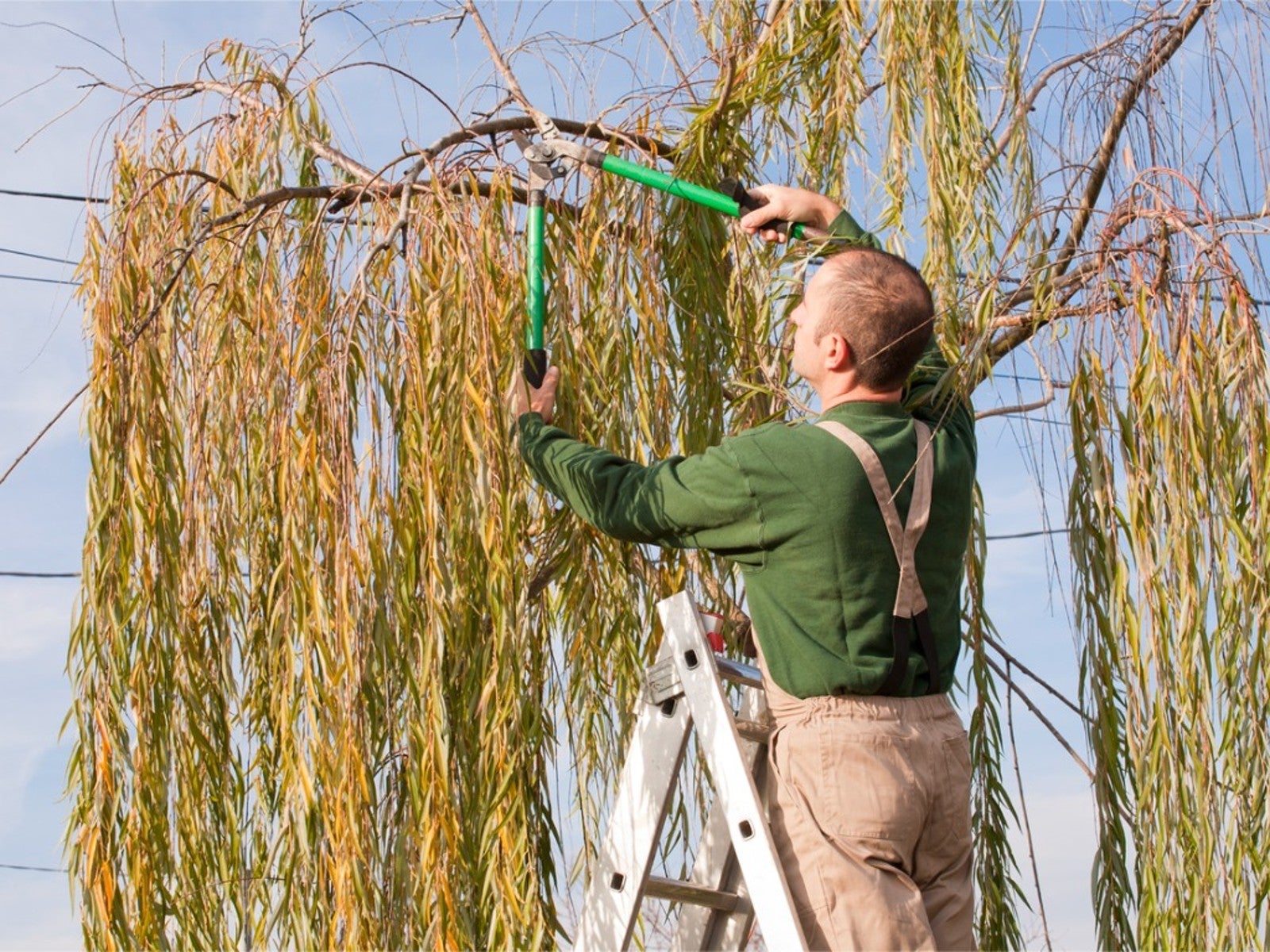
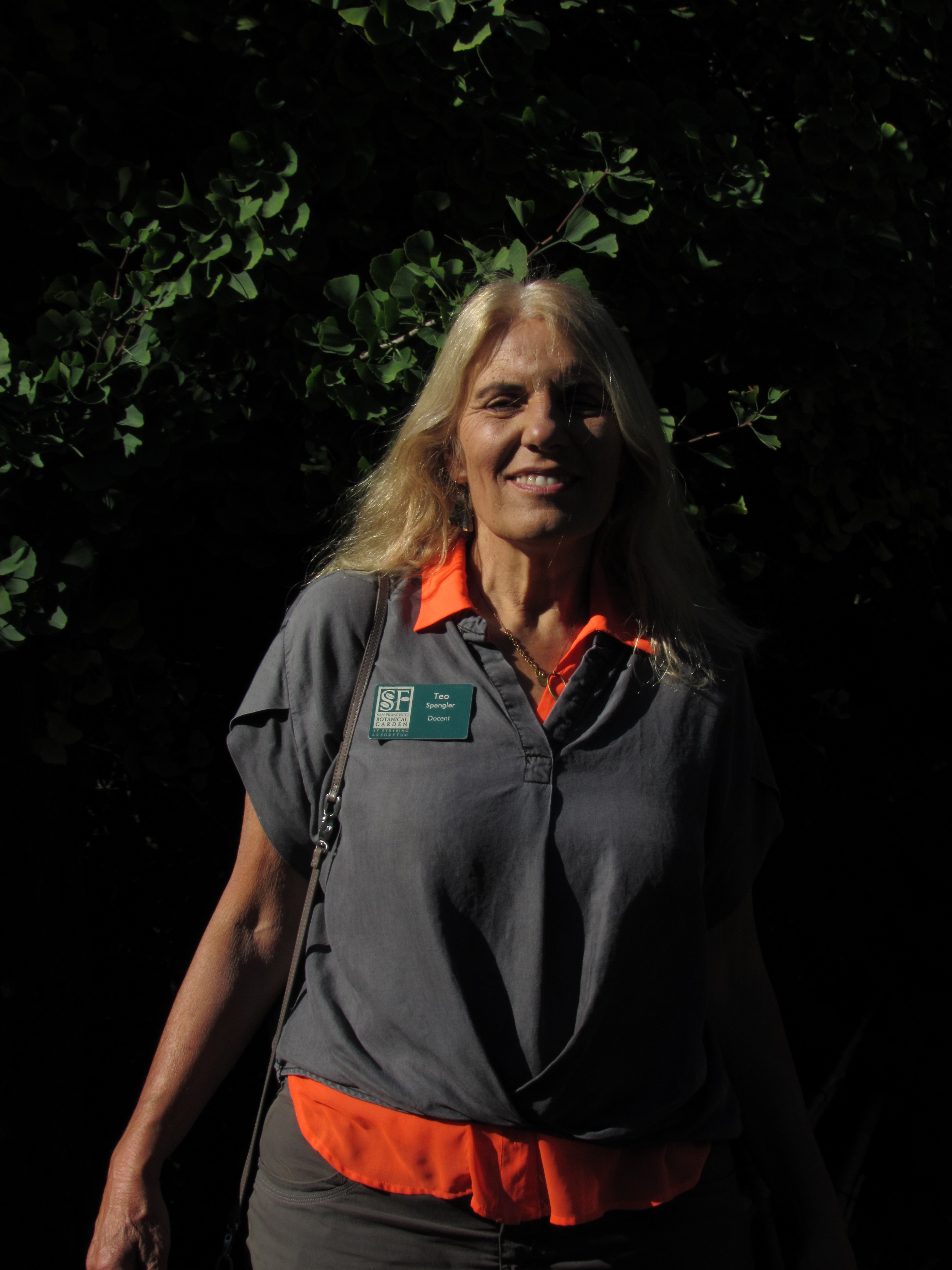
No tree is more graceful than the beautiful weeping willow with its long tresses swaying gracefully in a breeze. However, that cascading foliage and the branches that support it need to be cut back from time to time. In fact, trimming a weeping willow is essential to its health. If you are wondering when to prune weeping willows or how to prune a weeping willow, read on.
Why Cut Back a Weeping Willow?
A mature weeping willow is one of the most romantic of trees. You often see pictures of a willow growing by a still lake, its cascading branches reflected in the still surface of the water. That beautiful canopy must be maintained to keep it healthy and beautiful though. You need to cut back a weeping willow to keep it looking its best.
Trimming a weeping willow’s branch tips to even out the foliage of an ornamental tree makes sense. There are more serious reasons to consider weeping willow pruning, however. Weeping willow branches may grow all the way down to the ground over time. While this may be attractive, it makes it impossible for people to walk below the tree, or to drive a car there.
More important, if you cut back a weeping willow you can help the tree build a strong branch structure. The tree is stronger and more beautiful if grown with one single trunk. In addition, you’ll often see branches with weak attachment to the trunk that can break off and damage the tree.
When to Prune Weeping Willows
You’ll want to get out those pruners in late winter. Weeping willow pruning in winter allows you to cut back the tree when it is dormant. It also gets the willows in good condition before they start their spring growth.
How to Prune a Weeping Willow
When you start trimming a weeping willow, the first thing to do is to look over all the leaders. You need to select a central stem as the one to keep, then start your weeping willow pruning. Cut off each of the other competing leaders.
When you are figuring out how to prune a weeping willow, you’ll need to determine which of the branches are strong and which are not. Do not cut back a weeping willow’s strong horizontal branches. Branches with horizontal junctions to the trunk are not likely to split away from the trunk. Rather, trim off branches with “V” shaped junctions since these are the ones likely to break off.
Gardening tips, videos, info and more delivered right to your inbox!
Sign up for the Gardening Know How newsletter today and receive a free copy of our e-book "How to Grow Delicious Tomatoes".
Weeping willow pruning is also necessary after a storm. Trim off any branches that are split or damaged with a pruning saw. Make the cut just below the break. If you see any dead wood, trim back the limbs until only living tissue remains.

Teo Spengler is a master gardener and a docent at the San Francisco Botanical Garden, where she hosts public tours. She has studied horticulture and written about nature, trees, plants, and gardening for more than two decades. Her extended family includes some 30 houseplants and hundreds of outdoor plants, including 250 trees, which are her main passion. Spengler currently splits her life between San Francisco and the French Basque Country, though she was raised in Alaska, giving her experience of gardening in a range of climates.
-
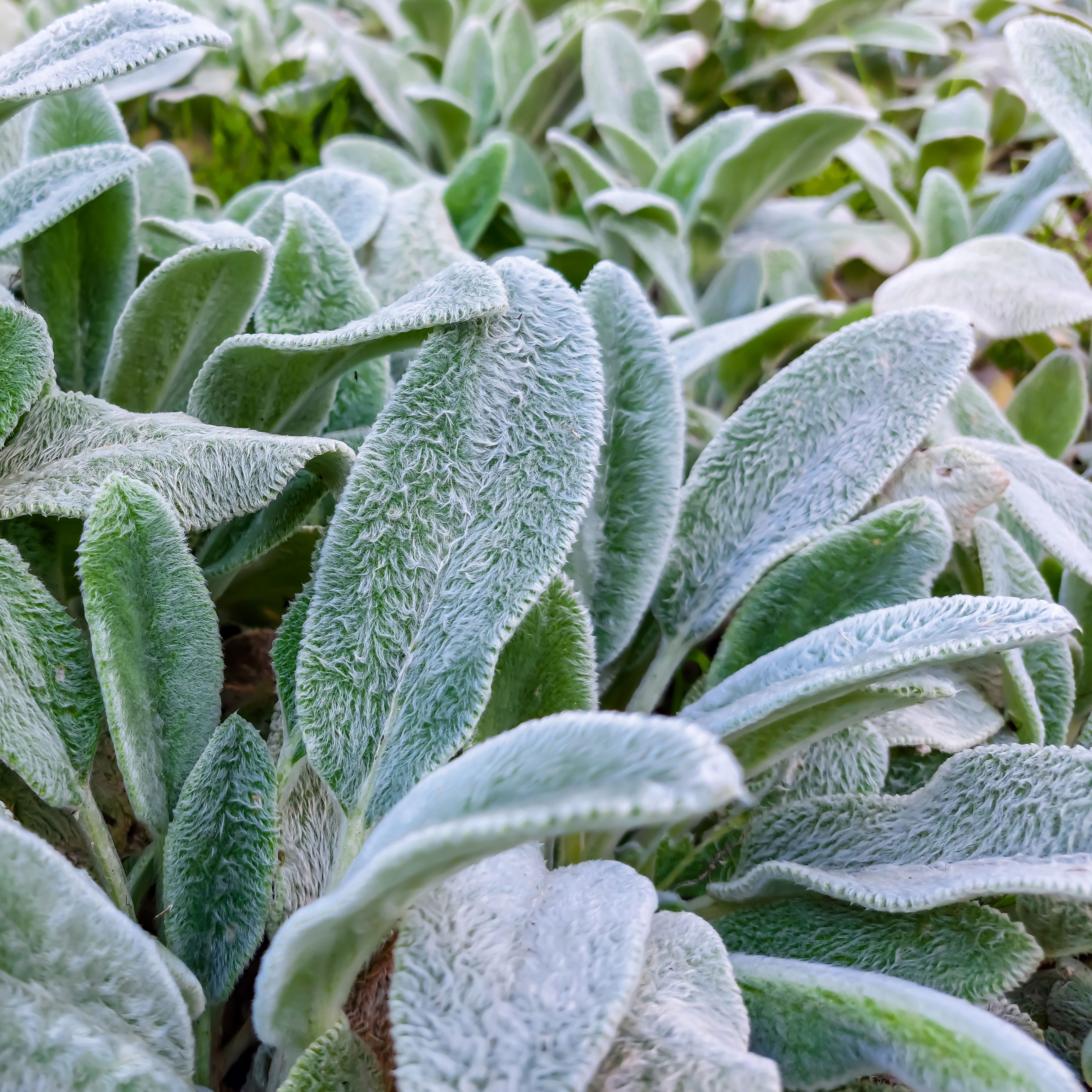 Looking For Plants To Give You The Soft And Fuzzies? Try These 5 Fuzzy Leaf Plant Options
Looking For Plants To Give You The Soft And Fuzzies? Try These 5 Fuzzy Leaf Plant OptionsLovers of texture, drama, silver foliage and tactile plants will adore these special sensory garden additions. These fuzzy leaf plant options will leave you all aglow
By Susan Albert
-
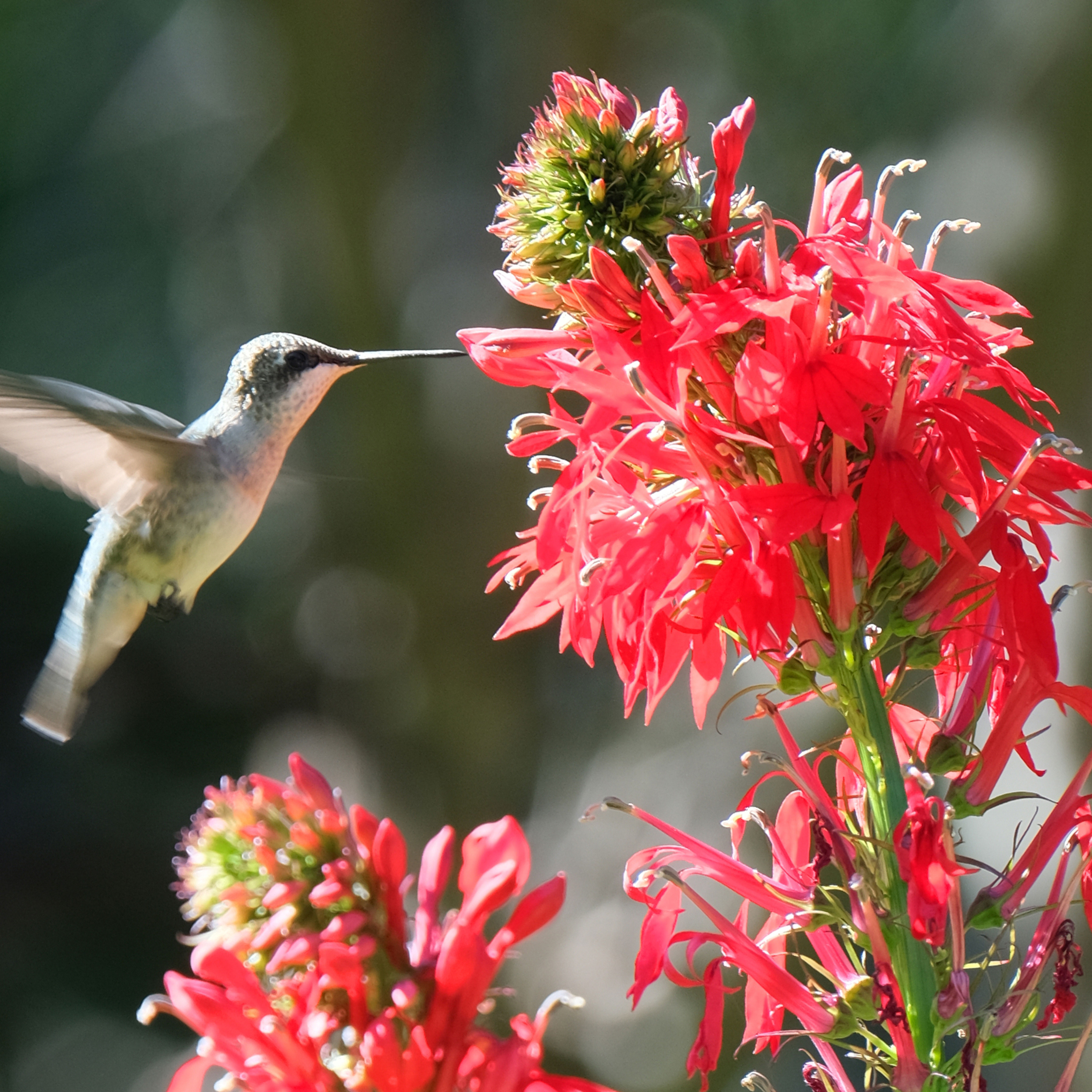 Get Ready For A Summer Of Hummers! Grow These Full Sun Hummingbird Plants and Flowers
Get Ready For A Summer Of Hummers! Grow These Full Sun Hummingbird Plants and FlowersIf you’re lucky enough to enjoy a sunny backyard, make sure you are maxing out on your pollinator opportunities and grow these full sun hummingbird plants and flowers
By Tonya Barnett
-
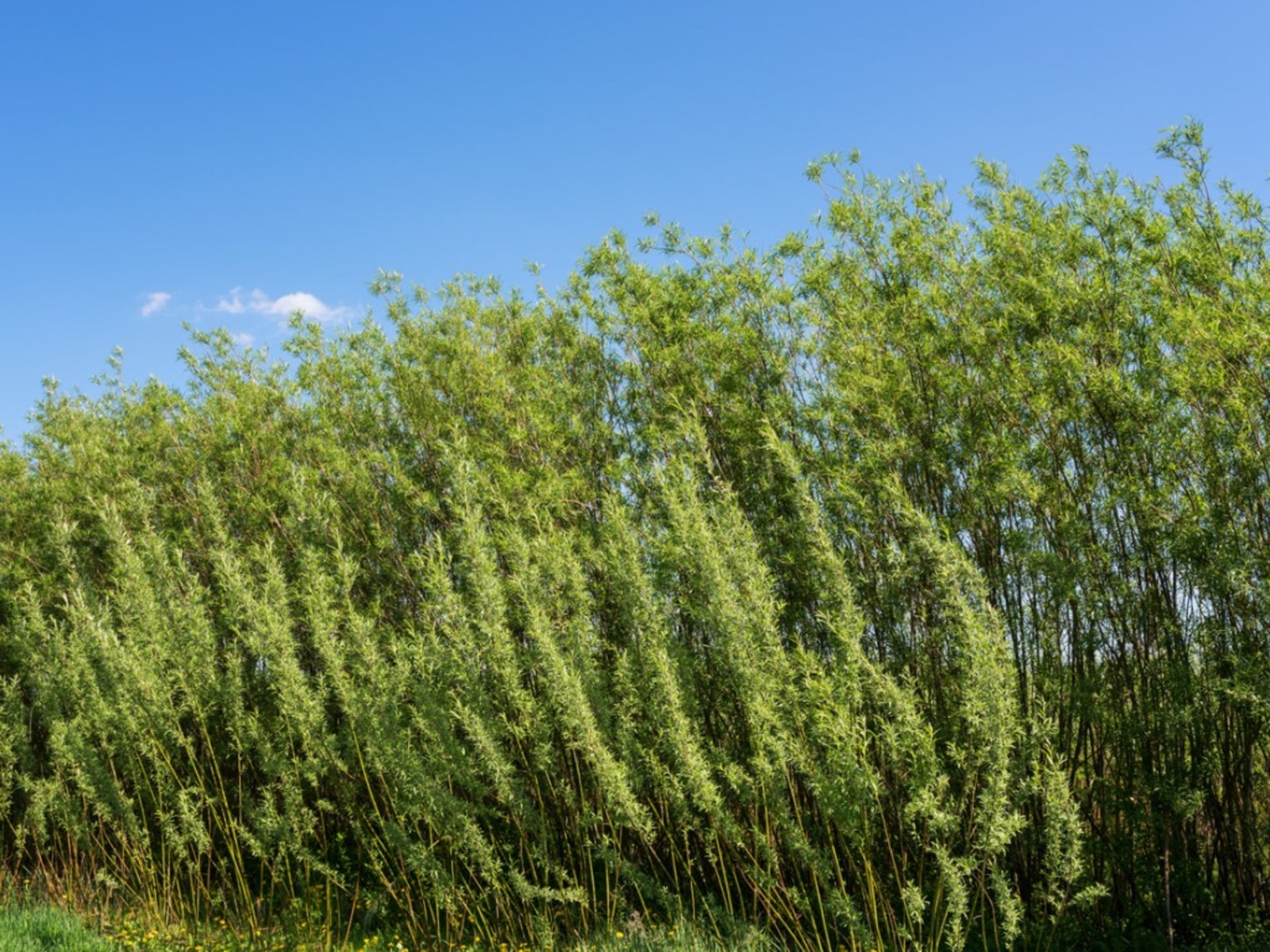 Living Willow Fence Ideas - Tips For Growing A Living Willow Fence
Living Willow Fence Ideas - Tips For Growing A Living Willow FenceCreating a living willow fence is an easy, inexpensive way to screen a view or divide garden areas. Read on to learn more.
By Susan Albert
-
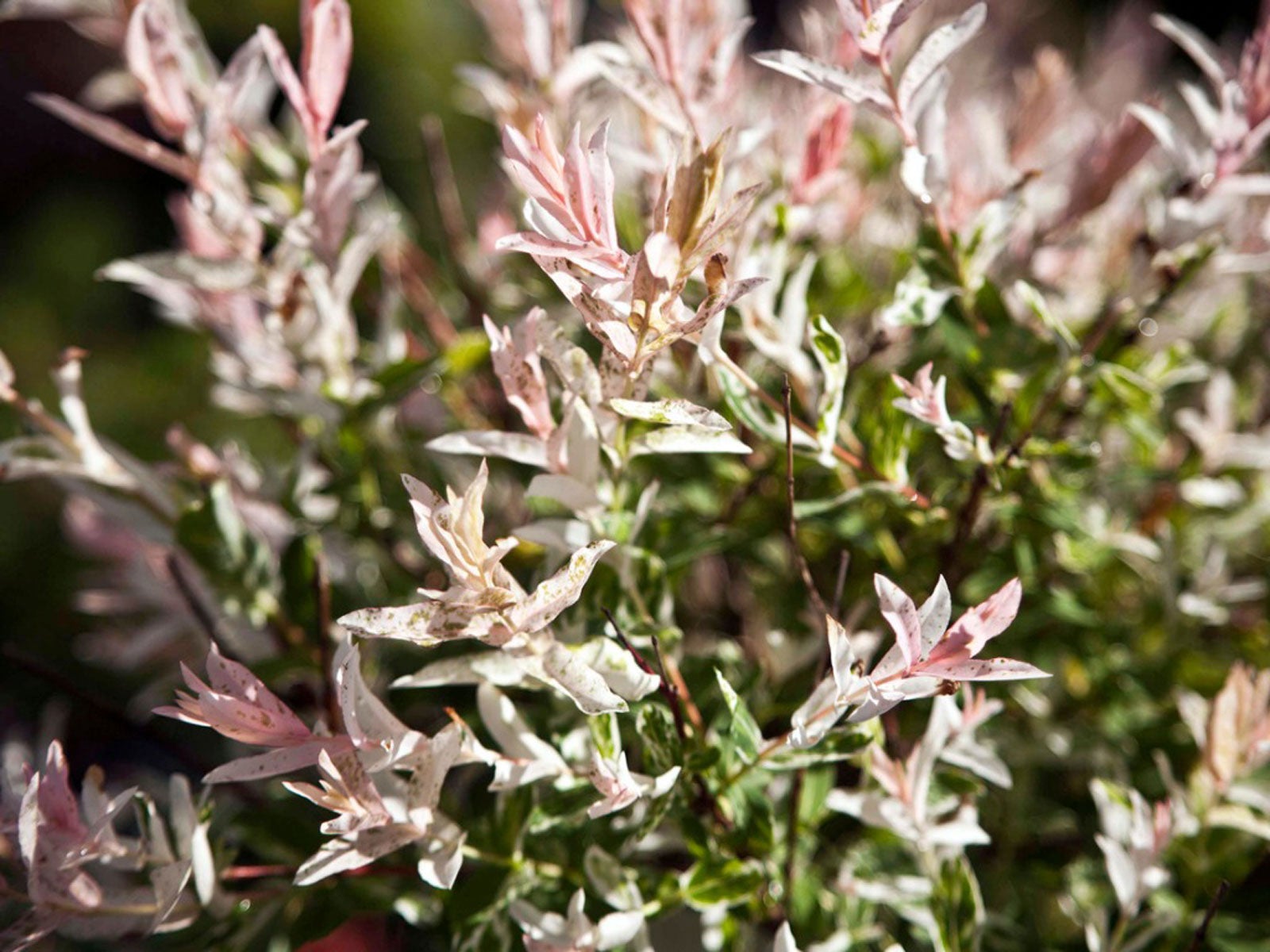 What’s Wrong With My Dappled Willow: Common Dappled Willow Problems
What’s Wrong With My Dappled Willow: Common Dappled Willow ProblemsDappled willow is one of the smaller members of the willow family. Although undemanding, it will occasionally see problems. Learn about them here.
By Teo Spengler
-
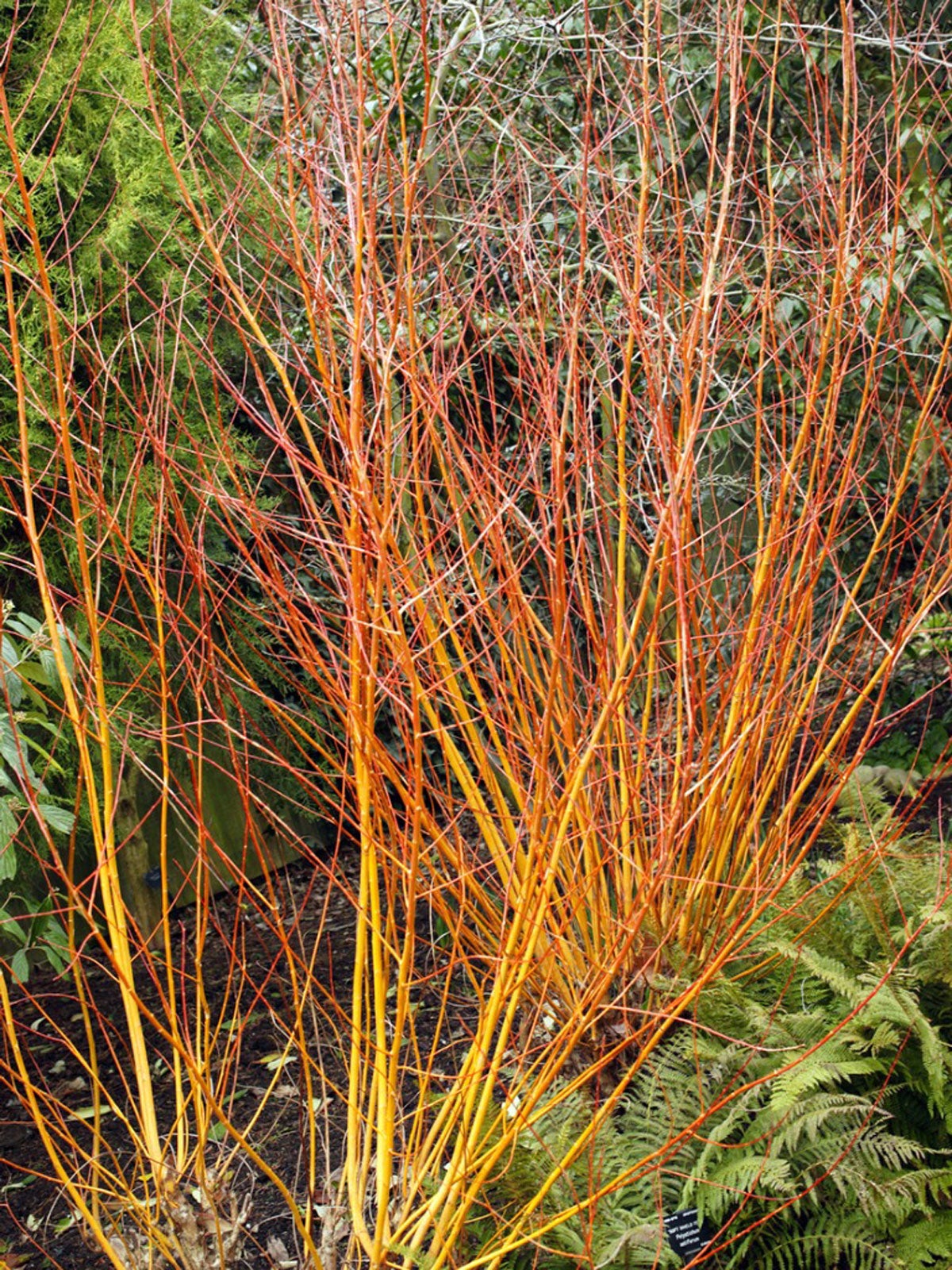 Coral Bark Willow Care – What Is A Coral Bark Willow Tree
Coral Bark Willow Care – What Is A Coral Bark Willow TreeFor lovely winter interest and nice summer foliage, you can’t go wrong with coral bark willow shrubs. Click here for tips on coral bark willow care.
By Teo Spengler
-
Peachleaf Willow Facts – Peachleaf Willow Identification And More
Few trees are easier to grow than native willows. Peachleaf willow trees are no exception. It’s not hard to identify peachleaf willows since they have leaves that look similar to the foliage of peach trees. Click here for peachleaf willow facts that describe this native tree.
By Teo Spengler
-
 Willow Varieties – Types Of Willow Trees To Grow In The Landscape
Willow Varieties – Types Of Willow Trees To Grow In The LandscapeIf you are curious about which willow varieties might work well in your yard or garden, you’ll need to start by figuring out how much room you have and what growing conditions you can offer. Click here for an overview of popular varieties of willows.
By Teo Spengler
-
 Pruning A Dappled Willow – How To Prune Dappled Willow Shrubs
Pruning A Dappled Willow – How To Prune Dappled Willow ShrubsThe dappled willow is a popular ornamental tree with a graceful weeping habit. Since this tree grows quickly, pruning a dappled willow is always an important part of the maintenance. Click here for information on dappled willow pruning.
By Teo Spengler
-
 Japanese Willow Pruning – How To Cut Back A Japanese Willow Tree
Japanese Willow Pruning – How To Cut Back A Japanese Willow TreeLike most willows, Japanese willow trees grow extremely fast. Trimming Japanese willows is a chore you may have to do several times a year to keep the shape and size in check. Click this article to learn how to prune Japanese willows.
By Darcy Larum
-
 What Are Willow Galls: Learn About Galls On Willow Trees
What Are Willow Galls: Learn About Galls On Willow TreesWillow tree galls are unusual growths that appear on willow trees. You may see different varieties on leaves, shoots, and roots. The galls are caused by sawflies and other pests as well as bacteria and can look quite different depending on the pest causing them. Learn more here.
By Teo Spengler